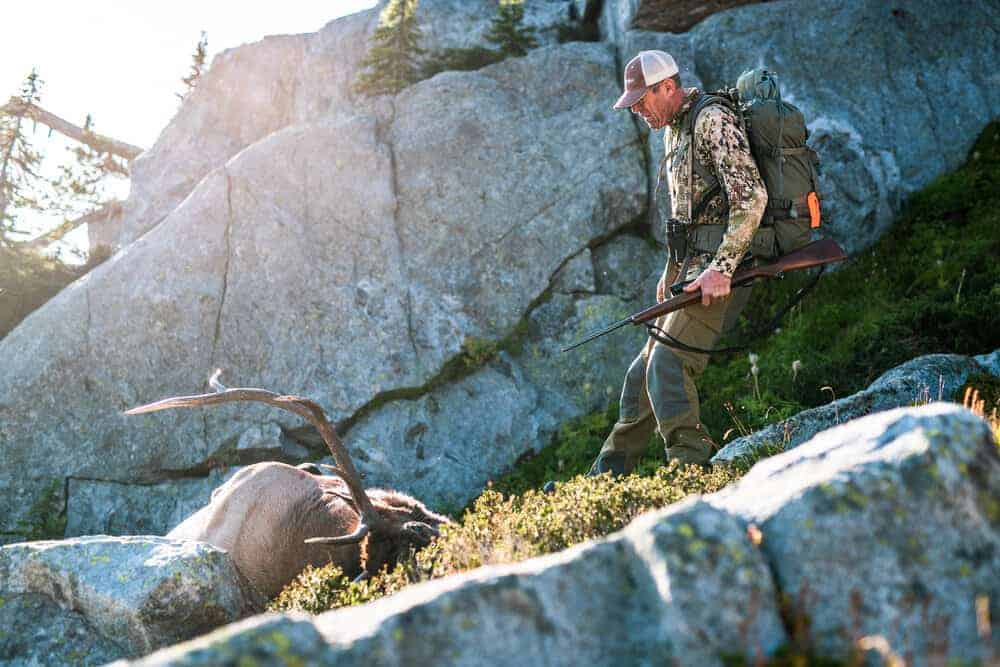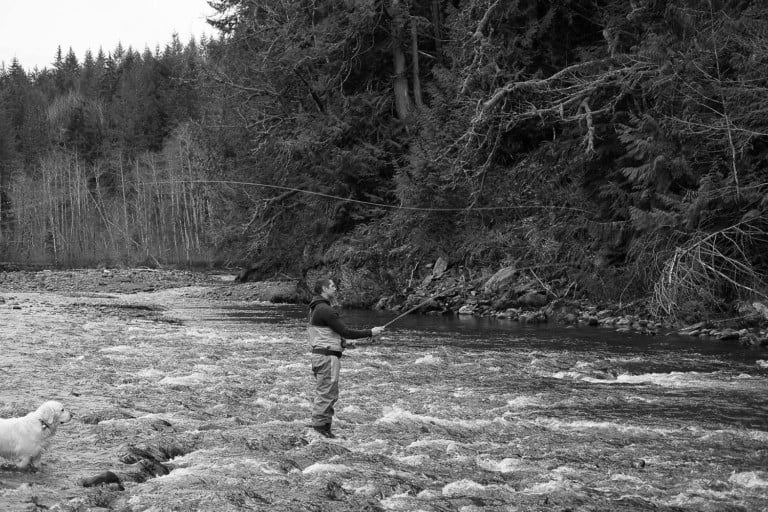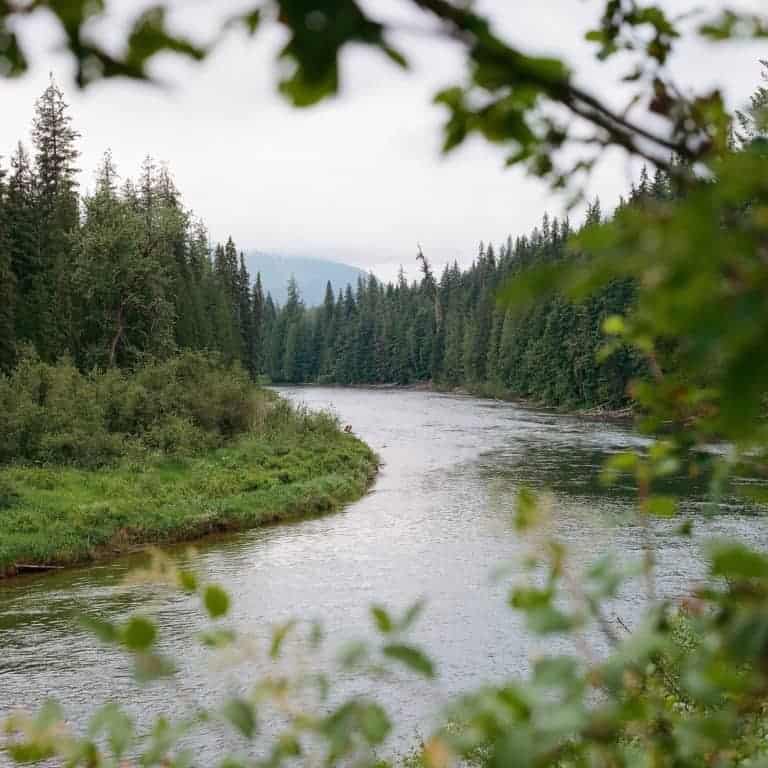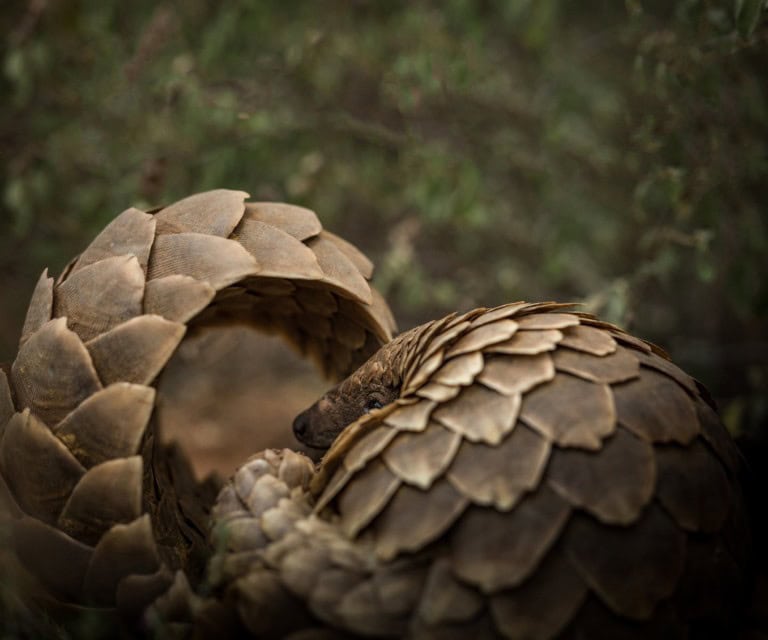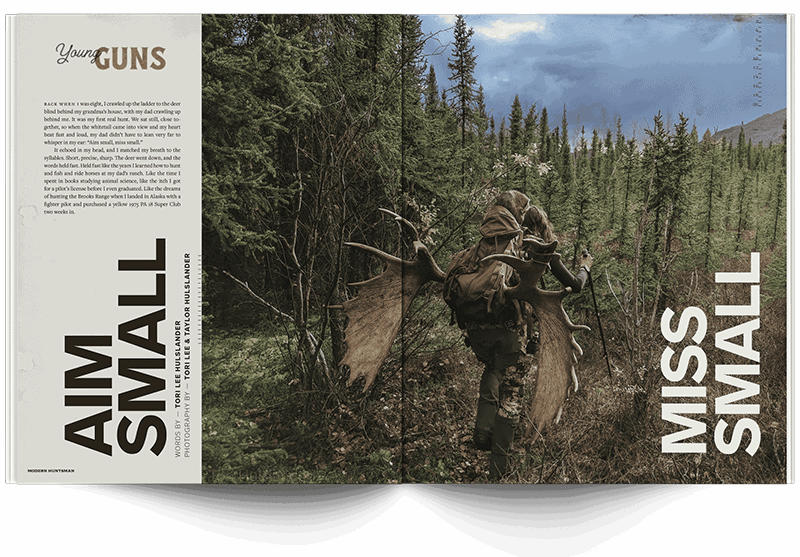Morning sun shone on tawny hide as the bull elk weaved through granite and grouse huckleberry. Black hooves pounded on hollow high country soil as the bull toiled up the ridge, stopping to scream a challenge and then starting up the ridge again. He disappeared behind a copse of subalpine fir; I knelt and bugled back, bugle tube reverberating in shaking hand. Before the echo of my bugle faded he answered, and I could hear the clatter of rock and the twisting of brush as he thundered into a small drainage between us — he was coming.
“Dad, get ready, he’s going to be here in no time,” I hissed.
Dad glanced down at the rifle in his hands, as if realizing for the first time that things were happening fast and he didn’t yet have a round in the chamber. The Mauser action on the decades-old Ruger .270 clicked open and slid back, and the bull screamed again. He was close now, 150 yards and closing.
I scanned the sparse timber below us. Tan hide flashed through an opening and the bull appeared like an apparition, looking uphill. Dad crouched a few yards to my right and from his angle there was still no shot. My rifle sat loaded on my lap. I had a tag, too, and I pondered shooting the bull; I could kill him from here quite easily. Even shooting offhand, the range was less than a football field. If he winded us he would be gone, probably for good. And elk sure as hell aren’t easy to come by in this vast Idaho wilderness. I knew Dad wouldn’t mind; or if he did, he’d never let on.
A younger me would have shot the bull, almost certainly. For a younger me it was all bloodlust;
